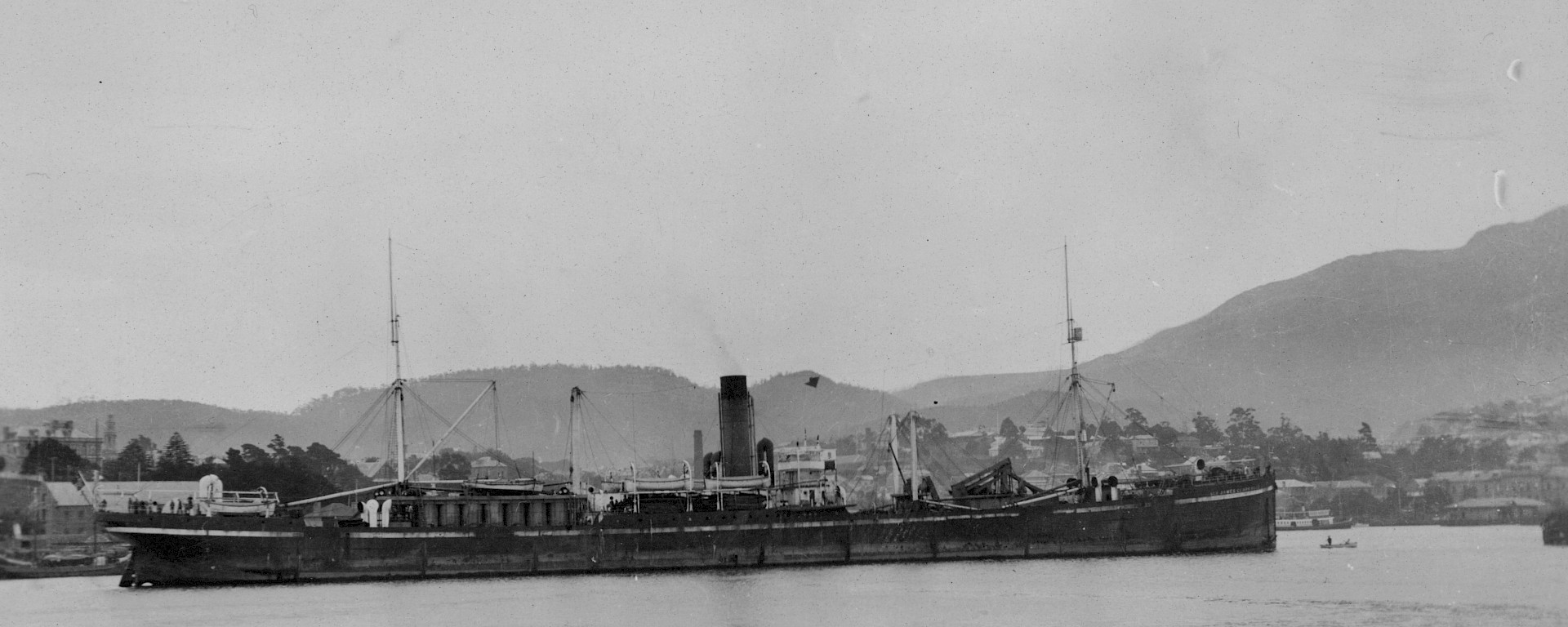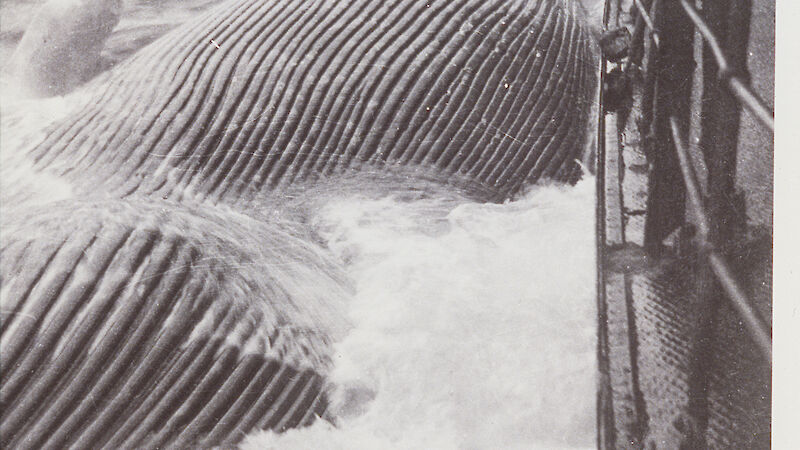Australia’s connection with Antarctica began in the 18th century. The colonies depended on sailing ships for trade and communication with the rest of the world. The ships followed the Great Circle routes. They travelled south of the Cape of Good Hope, seeking the westerly winds found to the south.
Sealing and whaling were important industries in Australia. As animal numbers were depleted, ships travelled further south to the sub-Antarctic islands. By 1820 – only 10 years after the discovery of Macquarie Island – fur seals had been almost wiped out.
Over-exploitation in Australian waters also forced whalers to explore the south. The Hobart barque Venus reached 72°S in search of whales in 1831. Its return to Australia with a cargo of sperm whale oil prompted others to explore.
The pursuit of commerce sparked an urge for exploration and scientific discovery.
Voyages by English, American and Russian vessels were making significant discoveries around Antarctica. Many explorers visited Australia to collect supplies. These included John Biscoe, Charles Wilkes, Dumont d’Urville and James Clark Ross. Hobart was a port of call for most of these expeditions.



